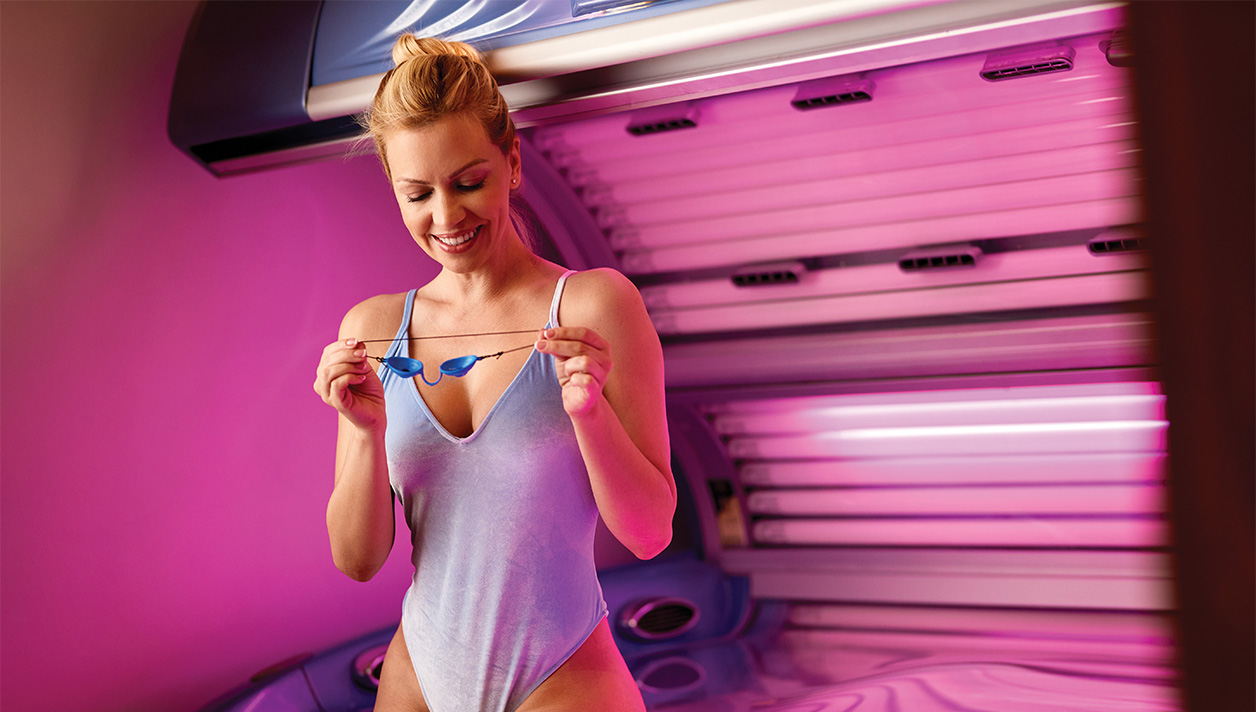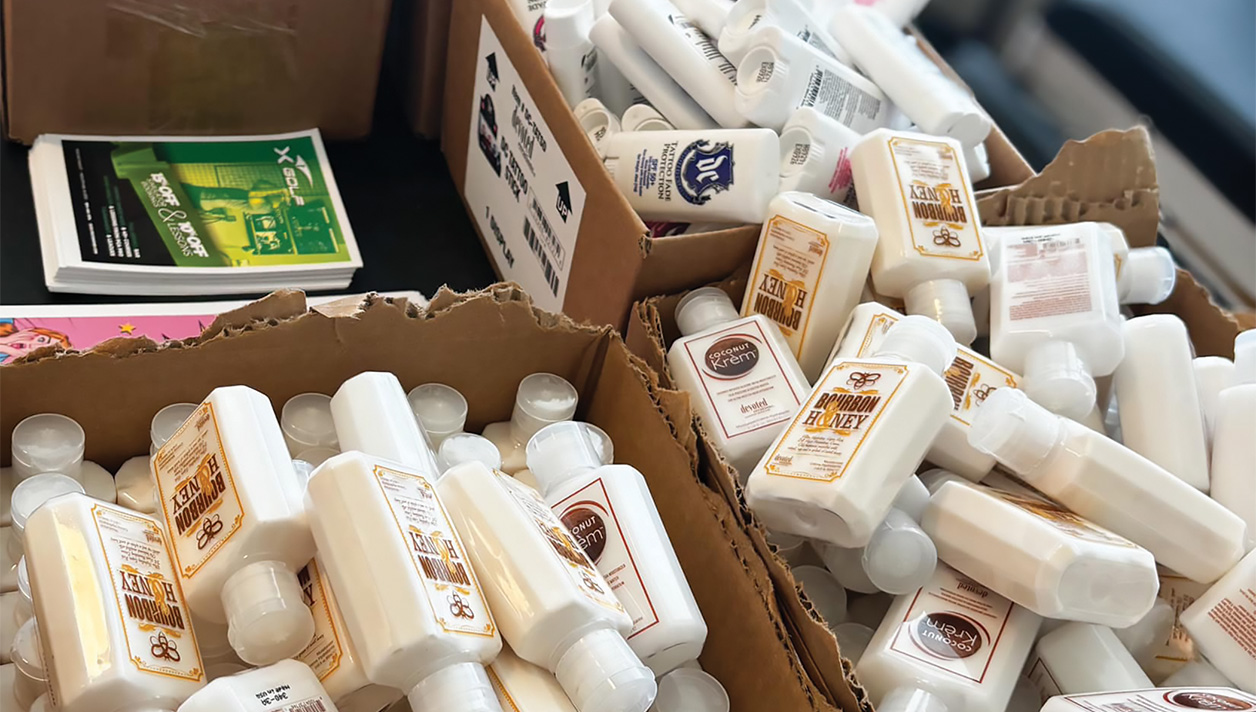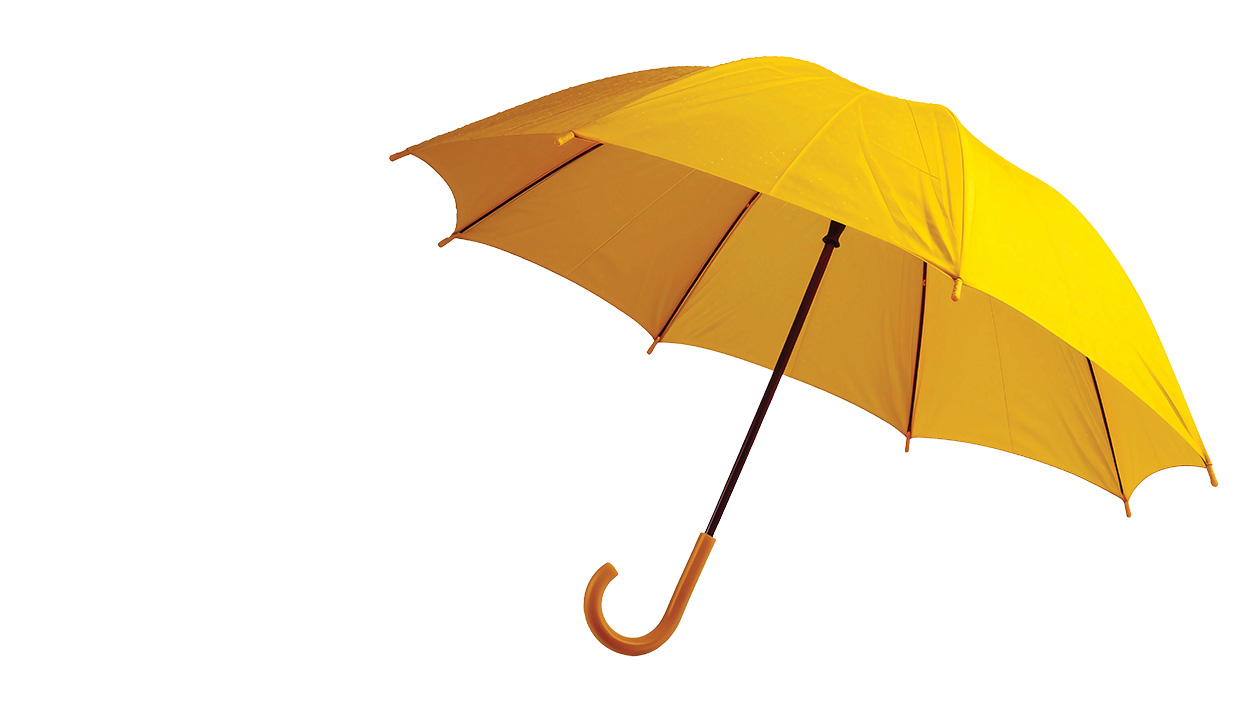July 1, 2010. Just over seven years ago, the federal government smacked the indoor tanning industry with an onerous penalty. The Affordable Care Act, Obama’s signature legislation, included provisions to apply a 10% tax to indoor tanning sessions. According to Forbes, the Tan Tax was expected to raise $2.7 billion over the first decade. However, after the first five years, the tax raised an estimated $400 million. Although it was claimed to assist in providing dollars to support health insurance, in reality, it was also pointed to deter people from indoor tanning. Cigarettes and alcohol also are included in so-called “sin taxes” which penalize users of those products. So, how has it impacted our industry? The American Suntanning Association claims that since 2010, almost 10,000 salons have gone out of business resulting in a job loss of over 81,000. If accurate, was it the Tan Tax or other mitigating factors that led to this drop? The alternative repeal/replace bill that was offered to our legislators, despite high hopes, did not pass. So, currently, the tax remains in effect. [gap height=”15″]
The indoor tanning business depends largely on “discretionary” income. Despite recent economic growth, unemployment over the last decade has grown as manufacturing jobs have slipped away overseas, or away completely. Although we promote indoor tanning as a year-round opportunity, the fact remains that we are largely seasonal, roughly Jan-May in most towns. Weather has always impacted our industry. Snow and rain (but not too much) can have a positive effect, as folks seek to clear up seasonal gloom. Once “shorts weather” comes – when people start wearing them – most don’t want to be seen with stark white legs. If that kick-start occurs early in the spring, it can bode well for strong salon business. The trend for media attacks on indoor tanning have been around for years and still continue. There are certainly other factors out there, but let’s not forget that we have an aging, Baby Boomer demographic. People who began tanning before 2000 are now entering their 40s, 50s and 60s, and may not seek the golden bronze look they did when they were younger.[gap height=”15″]
But if you read a recent piece in the Philadelphia Enquirer, you might assume it was factors other than the government and the media alone.[gap height=”15″]
“In Pennsylvania, New Jersey, and across the country, a slew of salons are permanently turning out the (ultraviolet) lights, burned by public health efforts to discourage indoor tanning and warn of its skin cancer hazards.”[gap height=”15″]
But of course, no media attack is complete without quoting a skin cancer statistic.[gap height=”15″]
…“For many reasons, among them indoor tanning, national studies show increases in melanoma incidence and deaths since 1980. The American Cancer Society estimated there were about 76,000 new diagnoses and 10,000 deaths in 2016.” goo.gl/PDZUzk[gap height=”15″]
Without argument, one fatality is one too many; but, let’s take a look at the National Cancer Institute’s SEER report. Keeping in mind that the demographic of indoor tanning is primarily females between the age of 18-35, the median age of melanoma incidence is 64 and predominantly male. goo.gl/Q1ZJ7j[gap height=”15″]
The incidence rate for melanoma is 22 out of every 100,000 people. For perspective, think of a 100,000 seat football stadium packed with fans with 22 of them raising their hands. Not quite as the Enquirer portrayed. [gap height=”15″]
Speaking of numbers, millions of people weigh the risk and benefit of UV exposure and choose indoor tanning, where sessions are regulated by skin type and a timer and the risk of sunburn and overexposure are minimized. [gap height=”15″]
It’s as important as ever to arm your team with the facts! IST now features this “Watchdog” piece and others to offer the positive/alternative side of indoor tanning against some of the attacks, supported with factual information. Stay tuned![gap height=”15″]




























